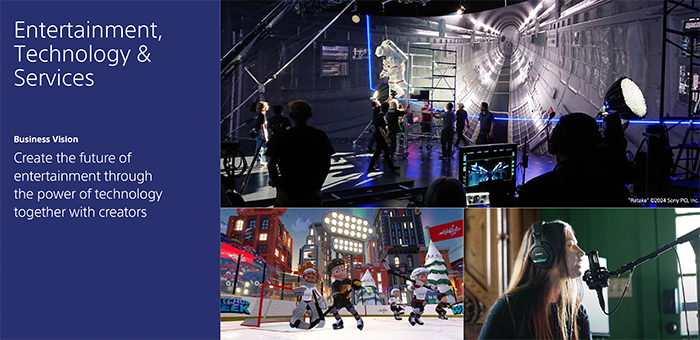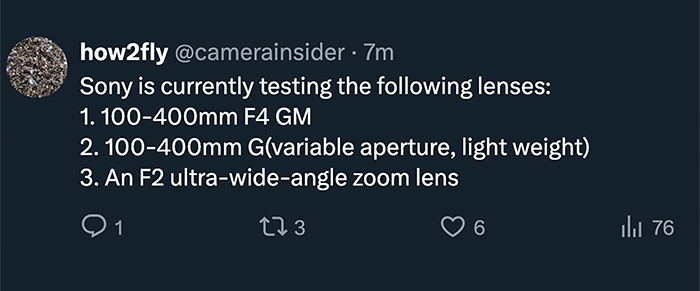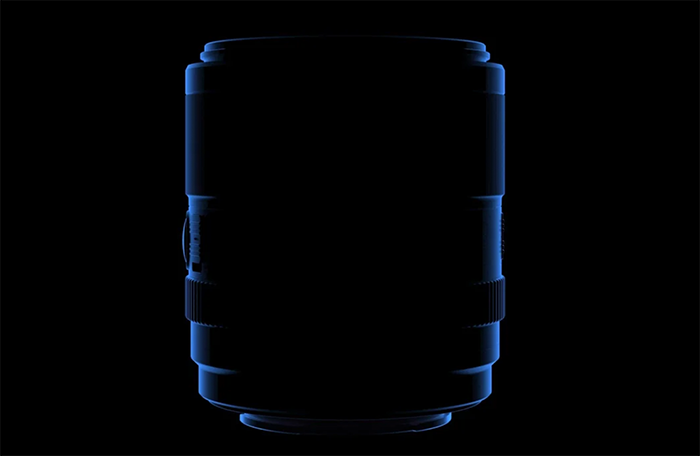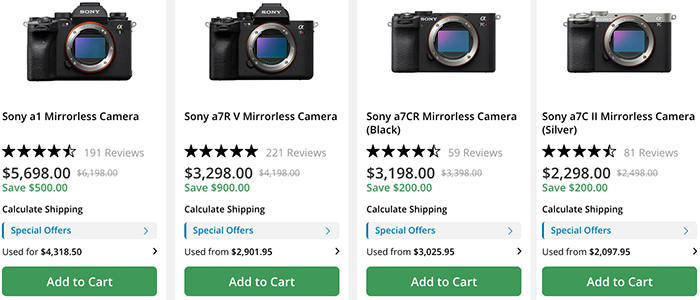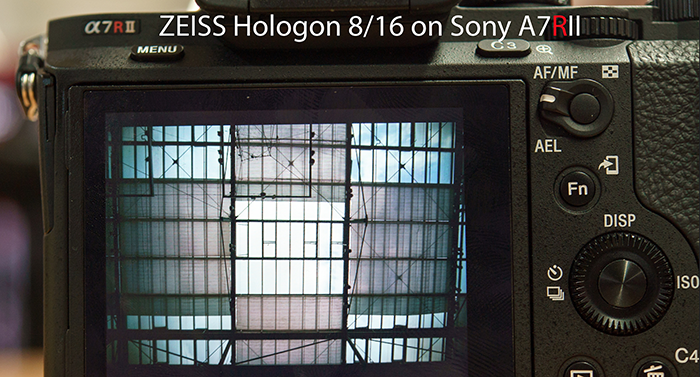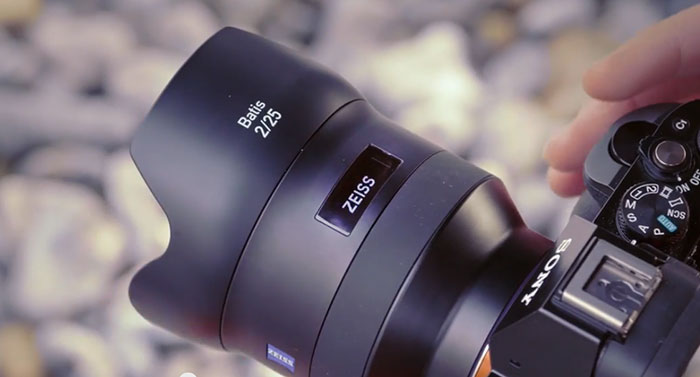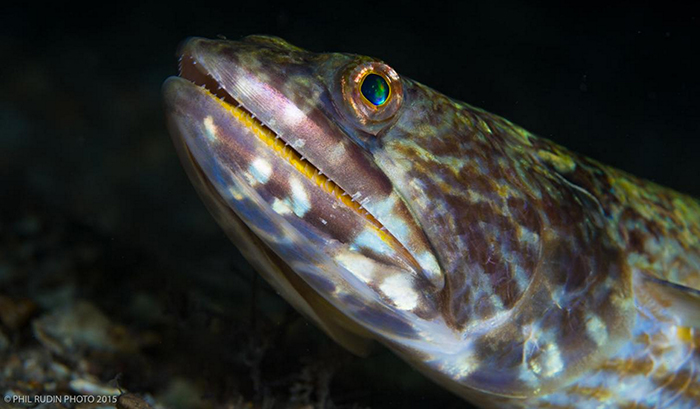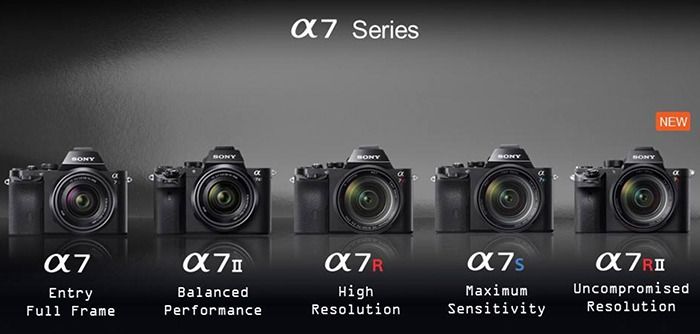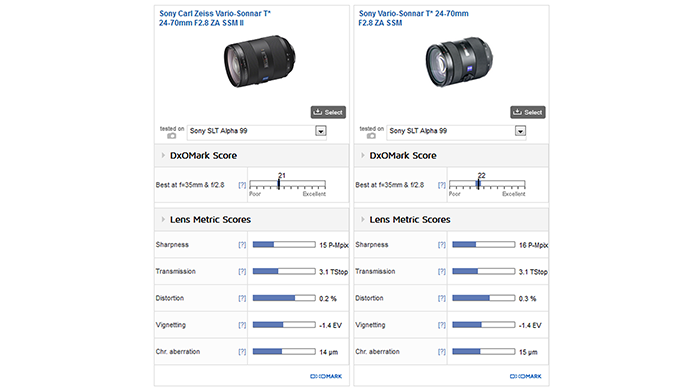Sony A7rII vs Sony A7 shutter sound comparison! And camera now shipping in UK.
If you own the very laud Sony A7r than you may be really interested how much more silent the new A7rII shutter is. Check out the video above!
And two readers from UK confirmed that they will get their A7rII preorder from Wex UK on July 30 already! Damn lucky guys those brits! But hey, there is no sun there so let them enjoy the camera as first :)
A7rII preorder list:
In USA: at Amazon, BHphoto, Adorama, SonyStore US, FocusCamera, Uniquephoto.
In Europe at Sony DE, UK, FR, IT, ES, NL, BE, CH, AT, SE, FI, NO, PT. Wex UK.
In Asia at Digitalrev, CameraPro.
